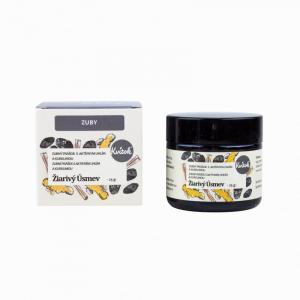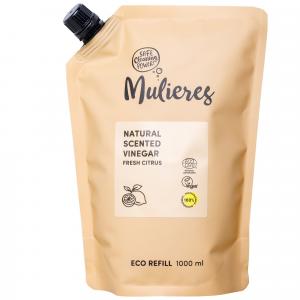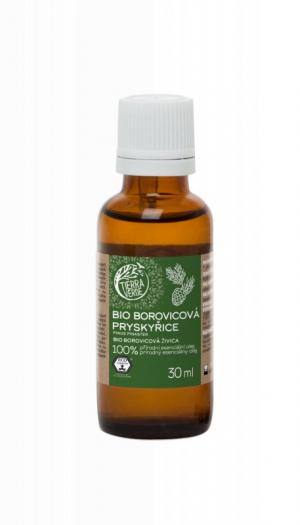Ligustrum vulgare (Ligustrum vulgare)
Other names: common bird's beak
Harm score: 1 (Natural substances)
The bird's beak is a woody plant native to Europe and western Asia. It is a species of plant in the olive family that can reach a height of up to 4 metres. It is characterised by narrow to lance-shaped leaves and small, pleasantly scented white flowers arranged in short panicles from June to August. These flowers are followed by tiny black berries which remain on the plant until winter.
The common bird's beak is favored by garden designers for its aromatic flowers and ability to grow in shade. It is also a favourite food of birds. In addition to its horticultural benefits, bird's beak is commonly used in the pharmaceutical and cosmetic industries. It is a source of industrially important compounds such as phenolic compounds, flavonoids and terpenoids, which have antibacterial and anti-inflammatory effects. The extract of this plant is also added to some creams and ointments for its ability to soothe and heal the skin. Still, it must be stressed that all parts of bird's beak contain toxic compounds and its consumption can be dangerous for humans and some animal species. It is therefore important to take care when using it.
You won't find this substance in our products. Try the natural, chemical-free products in our range.

Dental powder Shining Smile (25 g) - with activated charcoal
Product detail
White vinegar 10% - fresh citrus 1 l - 100% natural
Product detail